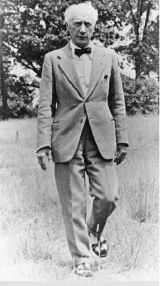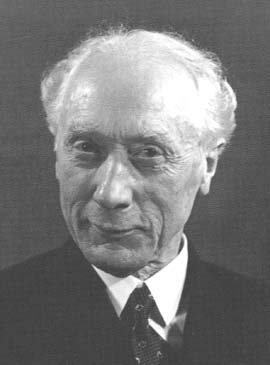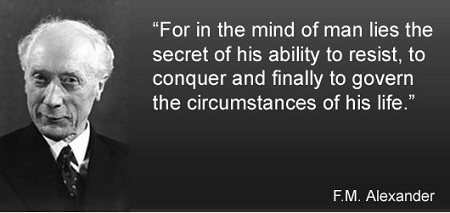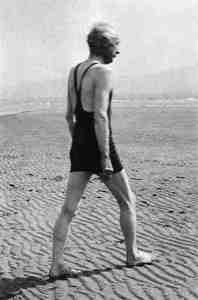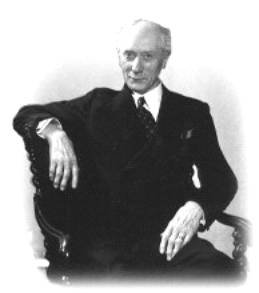From ATCPD.com: “Tom [Vasiliades] was trained and certified by the American Center for the Alexander Technique in New York City. He is certified by the American Society for the Alexander Technique and is a member of Alexander Technique International. Tom is the Chair of the Alexander Technique Department at The New school for Drama (formerly the Actors Studio Drama School at New School University) and is on the faculty at New York University’s Tisch School of the Arts and The Juilliard School. He has served as the Chair of the Board of Directors and President of the American Center for the Alexander Technique. He completed a two-year psychotherapy training program in Social Therapy — a psychotherapeutic approach that helps people, through performance, to reinitiate human development — at the East Side Institute for Group and Short Term Psychotherapy. He also studied with Carl Stough, the developer of ‘Breathing Coordination,’ an approach that creates a more organic breathing process. Tom works with performers, business people, athletes and people suffering with chronic pain, asthma, emphysema and other respiratory ailments.”
In an interview with Robert Rickover, Tom says: “The Alexander Technique was developed in the late 1800s by an actor in Australia named Frederick Matthias Alexander. He was on stage performing and he felt hoarseness and he lost his voice. He went to doctors. They suggested he rest his voice. That would do the trick.
“He did that. He went back out on stage. He felt hoarseness and lost his voice again. He decided that it must be something that he’s doing when he’s on stage performing that’s creating a loss of voice. He set up mirrors, a tryptych of mirrors. If you ever go to a tailor, you can look in one mirror and see all around you.
“He noticed that when he began to speak, he was shortening his neck and pulling his head back and down on to his neck, tightening in his throat, bracing in his ribs, shortening his spine, pulling his legs and arms into his torso. In short, he was compressing and constricting himself.”
Robert: “Those patterns were subtle. It took him a while to see them.”
Tom: “He lost his voice in the fall of 1892 and was able to return to the stage in the Spring of 1894.”
“He knew enough about vocal production to know that [compression] while you are trying to make sound will not make the sound you want to make.”
Robert: “He was speaking in large halls where there was no PA system and often these halls were filled with rowdy tin miners. He wanted to project his voice to the back of the hall and in attempting to do that, he exaggerated some patterns he had in the rest of his life and this caused his hoarseness.”
Tom: “When there’s some rigorous activity we do, the habit becomes more pronounced. More exacerbated but it is probably going on all the time.”
Robert: “What Alexander noticed about himself in the context of being a reciter is applicable to all of us in our everyday activities.”
Tom: “Alexander discovered a way that was helpful not only for breathing but for everything we do. He figured out a way to [stop doing things that get in our way] — inhibition. It’s a neuro-muscular term (not a Freudian term) where you can say to yourself, I’m not going to do the thing that harms me. I’m going to choose something that is better for me.”
Robert: “Alexander teachers are not about repressing stuff.”
Tom: “It’s not about repression or suppression in a Freudian sense. It’s about saying you are not going to do something that is harmful to you in a neuro-muscular sense.”
Robert: “Learning what to say no to is where an Alexander teacher comes into play.”
“A lot of us act like we want to take up as little room as we can. We tend to scrunch ourselves in. That interferes with all sorts of things like breathing and movement. Alexander lessons are a way to learn to undo that squeezing.”
“Most people assume that what they feel about themselves is an accurate understanding of what is going on but unfortunately, oftentimes it is not.”
“Pretty much everybody knows somebody who has an odd way of standing or walking, perhaps pulling to one side or leaning far forward or back. Chances are that that person is not conscious of those patterns.”
“Not doing the things that get in our way is something that distinguishes the Alexander Technique from every other method of physical self-improvement. The usual approach to solving a physical problem is to do some new thing. The Alexander approach is to find out what you are doing that causes the problem and to stop doing that.”
“I went for lessons based on reading about Alexander Technique. I didn’t notice anything in lessons for quite a while. I did notice that I had gained an inch in height and my clothes did not fit. I could only attribute that to Alexander. I knew good stuff was going on but I didn’t feel anything.
“It wasn’t until about halfway through my [three-year] Alexander Technique training course that I felt something happen during a lesson.
“Someone else might notice something is happening before you do.
“I had a straight job [when I took my first Alexander lessons]. I was working as an economist for the Ontario state government. I had to wear jackets and ties sometimes. None of the jackets fit any more and my pants were all too short.”
Tom: “In individual lessons I do a lot of chair work. Getting in and out of a chair. People wonder, why am I getting in and out of a chair?
“When we fold and unfold the legs, we put a demand on the organization of the head, neck and back. How do people respond to that? Do that do that by shortening the spine and narrowing the back? Developing that organization for upright posture is key to Alexander work. That’s why F.M. Alexander up until the time he died did work in a chair.”

